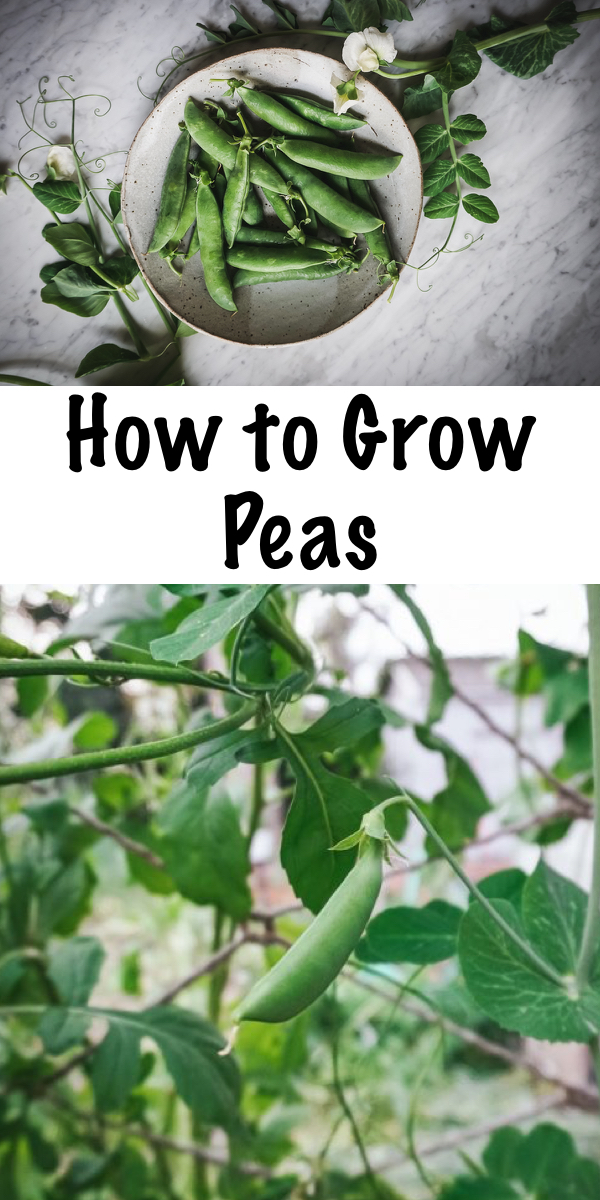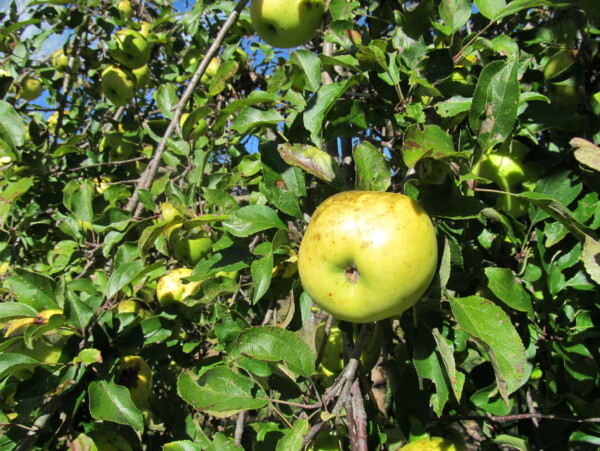Affiliate disclosure: This post may contain affiliate links. Please see our Privacy Policy.
The complete guide to growing peas including snow, snap and garden peas! Learn how to grow peas, plus how to harvest peas, store fresh peas, ways to eat fresh peas, and, save pea seeds!
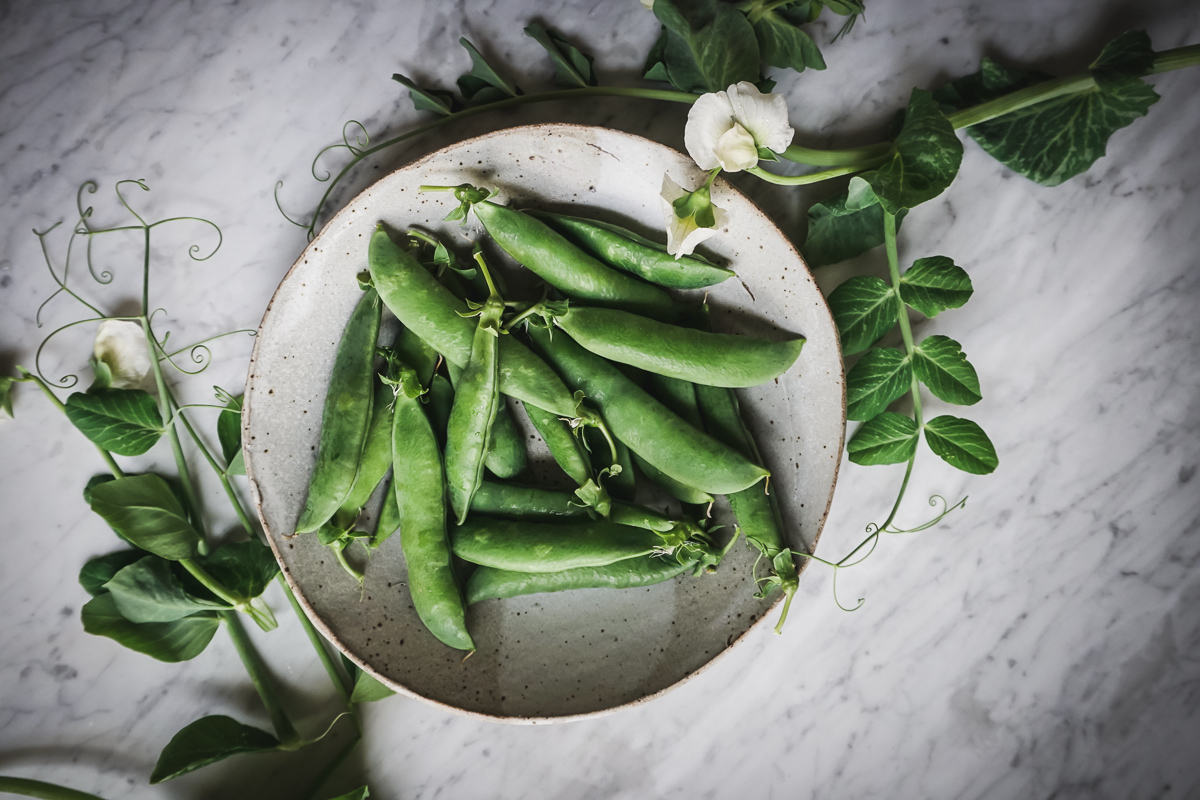
(This post was contributed by Melissa Keyser.)
The seemingly delicate vines of growing peas, with their curling tendrils, bright green leaves, and delicate blossoms and one of the favorite things in my Spring kitchen garden. In the kitchen, they are a staple spring vegetable, added to a variety of dishes or eaten raw, directly in the garden.
Understanding Pea Types
There are three main varieties of peas- snow, English and snap peas. English, also known as shelling or garden peas, have unedible pods but sweet plump pea seeds.
Snow peas have thin, and tender shells and undeveloped seeds, and eaten whole, usually cooked. Snap peas, also known as sugar peas, have crunchy shells and plump sugary seeds, and eaten whole, usually raw.
While usually grown just for the pods or seeds, the leaves, tendrils, and flowers of garden peas are edible! However, don’t mistake sweet peas for garden peas! Sweet peas, the ones grown for their heavenly scented flowers, are toxic!
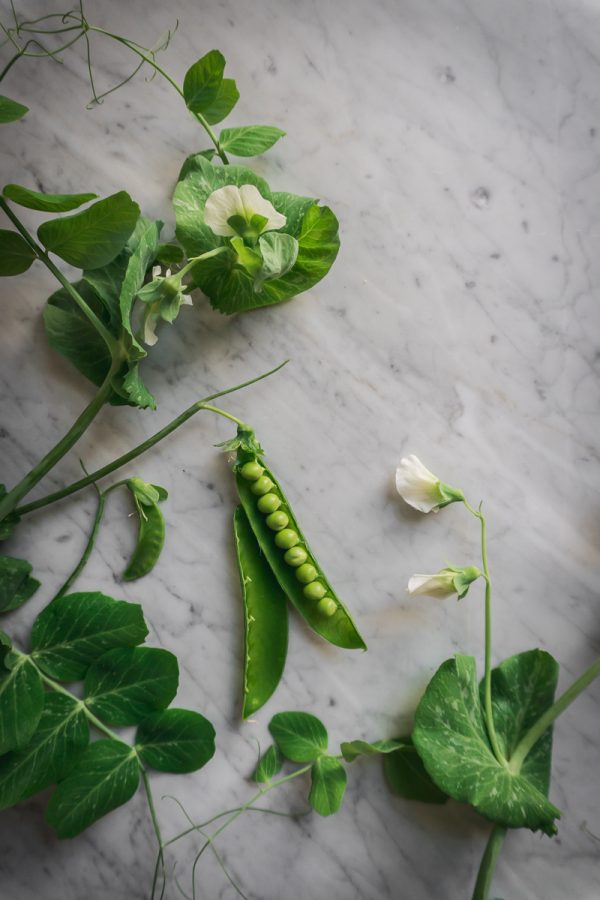
The Season of When Peas Grow Best
Peas are very easy to grow, but the timing of them can be tricky. Depending on your climate, they can grow in either the fall, the spring, or throughout the cool season.
To understand what would work best in your garden, consider your weather. Peas grow best in temperatures between 50 degrees F to 65 degrees F. Once the temperatures of late spring or summer reach the mid-70s, or the cold of serious frosts, they will suffer and die out.
If you have mild winters or a greenhouse, it’s worth seeding out a batch in the fall, about 12 weeks before your first average frost. If you live in a mild area, you can continue to plant anytime from fall to spring. If you have cold winters, start indoors 4 weeks before the last frost, or outside as soon as the soil can be worked.
Most pea varieties take 45-60 days from sprouting to harvest.
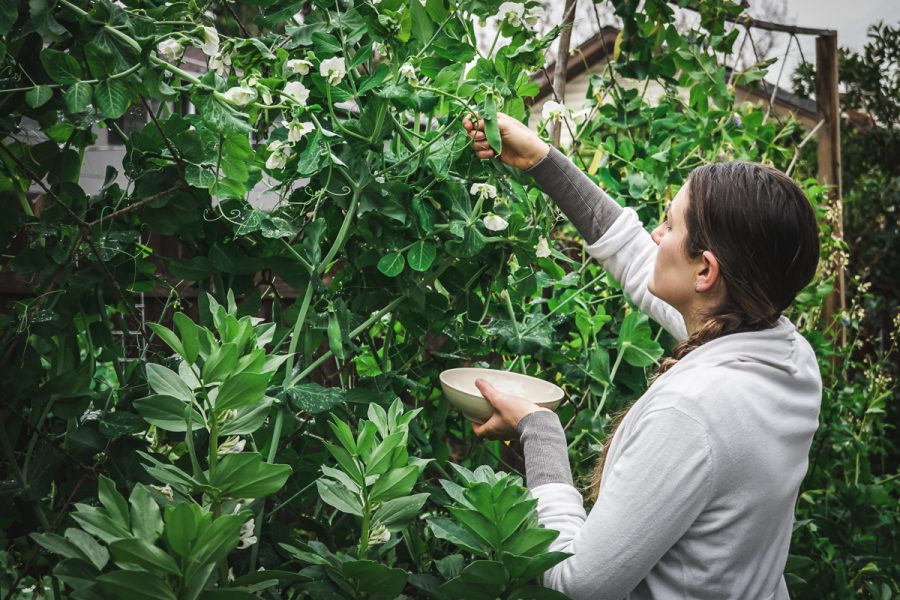
The Specifics of Growing Peas
Sun
Peas grow best in full sun.
Soil
Peas grow well in average garden soil but need good drainage. They can also be sensitive to acidic soils, so if your soil is acidic, amend prior to achieve a neutral soil. If you have heavy and wet soils, consider planting in a raised bed or a container.
Starting Seeds
Peas can be direct-seeded or started inside. If you live in a cold area, starting inside can give you a jumpstart on the season, transplanting out in the garden when they are at least 6” tall. If you live in areas that warm up fast, growing from a transplant will give you a harvest faster, helping you beat the heat.
To improve germination, soak seeds in water for 2-4 hours prior to planting.
Planting Depth
Plant seeds 1” deep. They usually appear within 7-10 days.
Spacing
Peas do well when planted densely, about 2” apart. I like to space about 1” apart, and when plants are about 6” tall, I snip at the base to thin to about 2” apart, and use the trimmings as pea shoots. Seedlings should be transplanted at about 2” apart, those in containers about 3” apart.
Space rows of bush varieties about 2’ apart, and trellised vine types about 4’. If planting in blocks, space about 6” apart. For best space use, plant a row about 6” apart on either side of the trellis.
Peas can be grown with success in containers at least 8” deep and 16” wide.
Water
Water once when planting, then wait until seedlings have germinated. Then, water regularly. Avoid overhead watering, which can cause powdery mildew.
Fertilizer
Peas, like other plants in the Fabaceae family make their own nitrogen from bacteria that live in their roots (known as nitrogen fixation). However, they do benefit from phosphorus and potassium added to the soil prior to planting, as well as trace elements. Use a fish emulsion or seaweed foliar spray two weeks after germination, and again when they begin to flower.
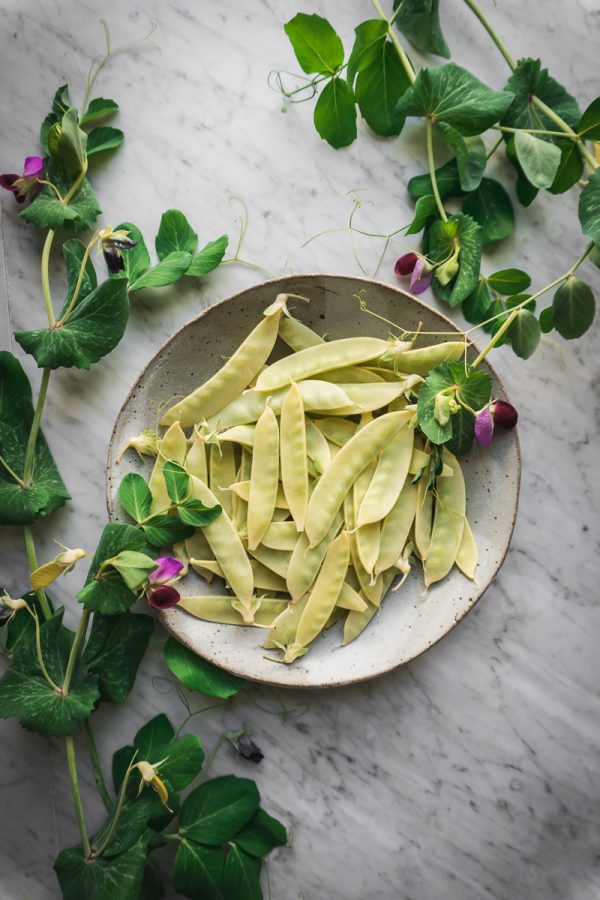
How to Care for your Growing Pea Plants
Pea varieties are found in climbing varieties, which need a trellis, and bush types, which don’t get as tall but a trellis is beneficial and makes harvest easier.
Have vertical supports in place before planting and growing your peas. Pea plants climb with tendrils, which reach out in all directions and then twirl around supports to keep in place.
You can use a variety of materials to make a great trellis, such as sticks, string, poles, chicken wire, or mesh. I have a trellis I made from scrap wood and macrame jute, that works fabulously.
Tie the peas up as needed or redirect the tendrils to help support the plant. In windy areas, you may want to tie branches to your trellis, as it’s easy for wind to blow over large vine branches, which will, sadly, snap and die. Trust me, I know.
Peas have shallow roots, so avoid cultivating near the base.
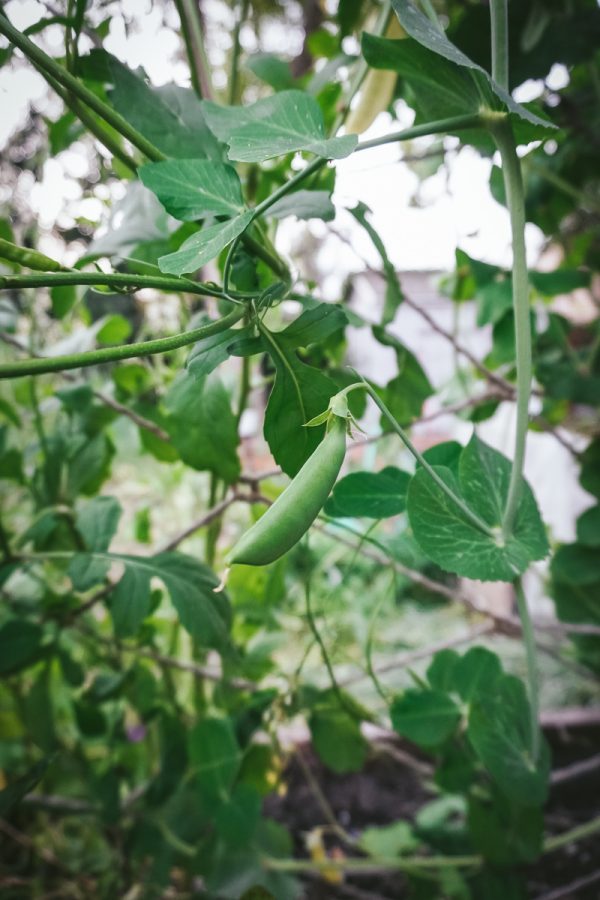
Pests
Birds love the tender tips of peas, as do snails and slugs. Once the plants reach about a foot, slugs usually don’t do much harm, but birds can continue to be a problem. Try using bird netting or floating row cover to cover the vines, but usually, the plants manage just fine.
Harvesting Peas
Harvest peas as soon as they have reached harvestable size, and check every day. For the crispest peas, harvest in the morning.
If the peas are allowed to fully ripen (which is past the ideal edible stage), the plant will stop production, so make sure the check your vines regularly! To pick, carefully hold the vine with one hand and pull the pods off with the other, as the vines are easily broken.
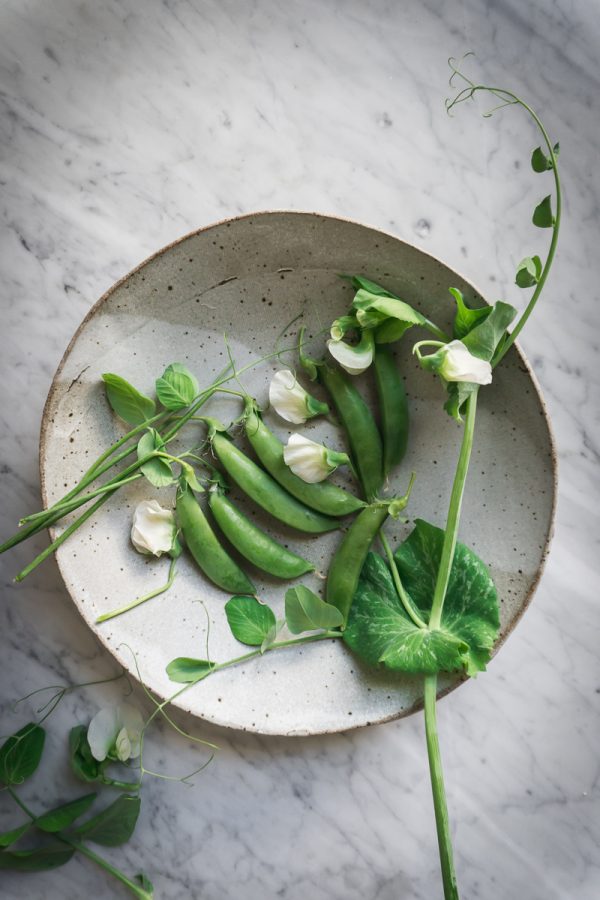
Storing Fresh Peas
Peas start to convert their sugar to starch as soon as they are picked, making them best eaten the same day. If needed, store in a bag in the produce drawer of the fridge and eat within 2 days.
Wrap pea shoots in a damp towel, placed in a bag, and stored in the fridge for a week.
Saving Seeds from Peas
Open-pollinated varieties (as opposed to hybrids) are easy to save seeds from. Let the peas, of any variety, reach full maturity on the vines, and harvest the pods when they are brown, dry, and when the seeds rattle inside the pods.
Alternatively, the entire plant can be pulled and hung upside down in a warm, dry place until the pods have dried. Shell seeds by hand, label, and store.
Peas are self-pollinated, although I have seen large native peas visiting the flowers. There is little crossing between peas, but it is possible (remember Mendel?). Recommended isolation distance is 50 feet if you want pure seeds.
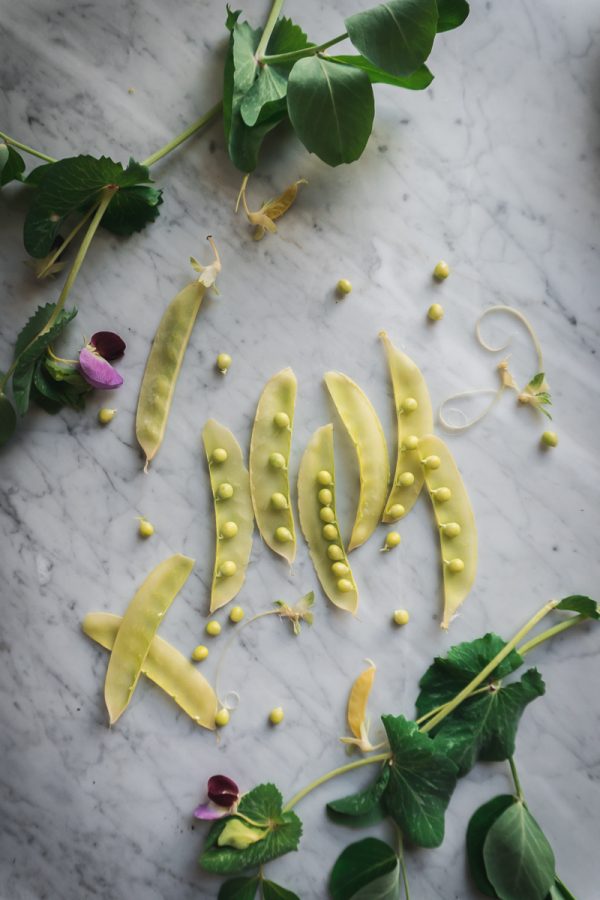
Eating Peas
Pea Shoots
Leaves can be eaten from any part of the vine, but best if young, taken from thinned plants. Alternatively, once the plant is grown 12” tall, clip off the tip of each vine, cutting above the second lowest leaf.
Small shoots, 2-4” long are great in salads. Longer ones, 4-6” long are great cooked in stir-frys or folded into soups.
Pea Pods
Snow peas should be harvested about a week after they are formed, while still flat and tender and the seeds are small.
Snap peas are best picked when the pods are plump and the pea seeds inside have started to fill in, but not quite touching.
English peas should be well filled out in their pods, with the seeds touching. However, avoid any were the pod has started to yellow or dry out, they are past their prime.
More Vegetable Growing Guides
Looking for more garden fresh tutorials? Read on…
